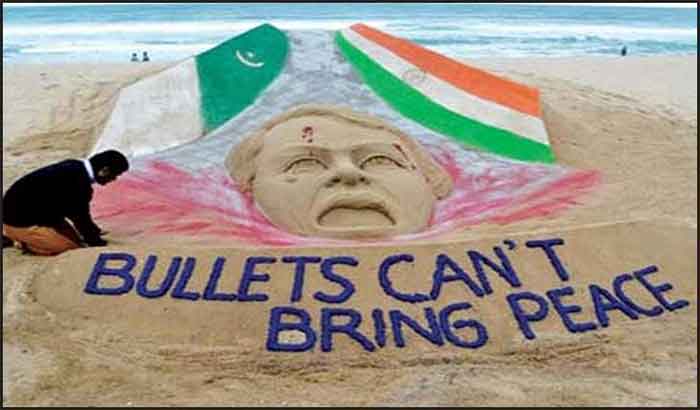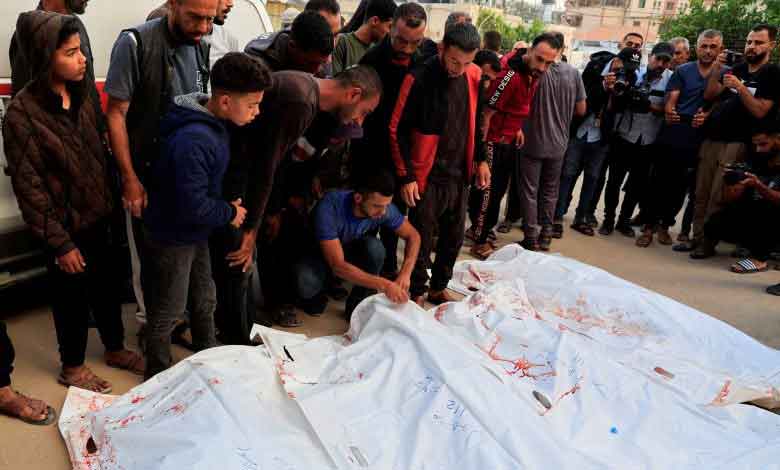
The Pahalgam terror attack came as a big shock. The circulating images and videos of women staring at the lifeless bodies of their husbands, crying for help was heart wrenching. The mainstream media offered no respite. Within hours of the report, a particular news channel though certainly not an exception, began escalating whatever bits of information it could access, focusing on the angle of religion. As a result, the social media was flooded with people either denying the religion angle or focusing only on it.
The media channel’s next big focus was to predict the Modi-led government’s response. With headings like “third surgical strike”, the coverage adopted an informative tone, rather than a purely speculative one. Within days, the Indian government implemented a series of strategic measures in response to the attack. This includes suspension of the Indus Water Treaty. Denying it’s role, Pakistan adopted significant counter-moves.
As tensions, actions, and counter-actions continue to escalate, I find myself navigating both media speculations and the government’s concrete strategic moves while reflecting deeply on my chosen path of peacebuilding. In moments like these – tragic, angering and destabilizing, what is the role of peace activists?
To me, peacebuilding is not an act of pacification, nor is it a balancing game. It is certainly not silence; rather it is action rooted in truth. I see peacebuilding and peace activism as spaces to explore truth, seek justice, and uphold human dignity on all sides. It entails a reflection on the consequences of inaction, as well as the devastating costs of extreme actions such as war.
Peacebuilding involves posing critical questions to all stakeholders —to the government but not only to the government. Peacebuilding is an act of objectivity – requiring a critical inquiry into the present incident as well as the broader context that allowed this incident to unfold.
Peacebuilding demands a reflection on the endless cycle of violence. It involves moving beyond the simplistic framing of violence as good or bad, as necessary or avoidable. It is about confronting the consequences of violence itself. Will violence put an end to further violence? Violence only begets more violence. It begets more hatred and suspicion. But what is the effective way forward? How can the two conflicting states or parties be brought together to pursue a meaningful solution? How can we pursue justice that heals, rather than deepens hatred? I don’t have answers to these questions. However, I think dwelling on these questions is an important task. Encouraging the broader society on both sides to engage with these difficult questions is the task of a peacebuilder.
At its core, peacebuilding warrants an inquiry into the political economy of conflict. For our context, the role of media in framing and escalating conflict should also be a part of the inquiry. I tried to imagine the reportage of this incident through the lens of peace journalism, wondering how the story could have been narrated. Perhaps the media could share the pain of the victims, without weaponing it. It could have asked difficult questions, rather than fuel more hatred.
Subscribe to Our Newsletter
Get the latest CounterCurrents updates delivered straight to your inbox.
Tragedies such as the Pahalgam Terrorist attack are testing times – both for us as a nation and as people who desire peace. But it is in these difficult moments that we have to come together as a society and think about the consequences of long-standing conflict and dwell on meaningful action. Peace is not merely the absence of war. It is the absence and resolution of conflict.
Dr Devika Mittal is an assistant professor in Jesus and Mary College, University of Delhi. She is the convener of Aaghaz-e-Dosti, a cross-border peacebuilding initiative. She tweets at @devikasmittal














































